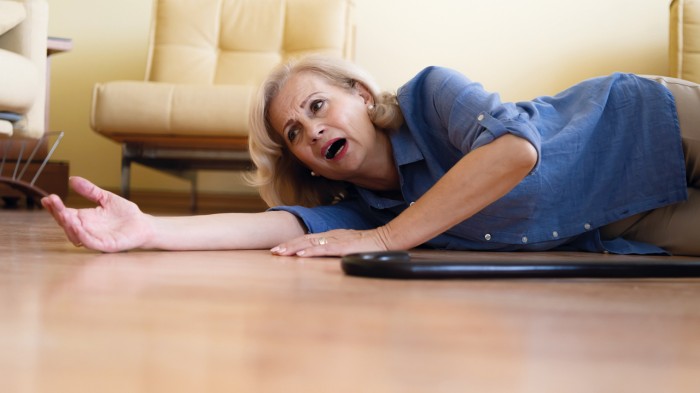In CPD Modules
CPD modules help to expand your clinical knowledge on a whole range of topics. Make sure you log your learning so you can track your progress and add to your online revalidation record.Bookmark
The CPD module is based on the chapter on Older People, Frailty and Falls Prevention from the authors’ forthcoming new edition of the book, Symptoms in the Pharmacy (ninth edition), to be published in summer 2022.
It will enhance your understanding of frailty as a long-term condition and its contribution to falls, and enable you to ask relevant questions when you suspect someone is at higher risk of falling.
Key facts
- Frailty refers to an older patient’s mental and physical resilience, and their capacity to recover and bounce back after illness or injury
- Frailty can be present in someone with no other diagnosed health conditions
- Most falls are caused by multiple factors; medicines are a contributory factor in many falls
- Poor nutrition is frequently associated with frailty and, in turn, this can lead to falls
- Urinary urgency/frequency is associated with falls because having to rush to the toilet can make a trip or fall more likely
- Impaired balance and muscle weakness caused by ageing and lack of use are the most prevalent modifiable risk factors for falls. Therapeutic exercise is the best-tested intervention
- Multiple medicines with antimuscarinic (anticholinergic) effects increase the risk of falls (anticholinergic burden).
Contributing author: Professor Alison Blenkinsopp OBE and Dr Martin Duerden FRCGP

